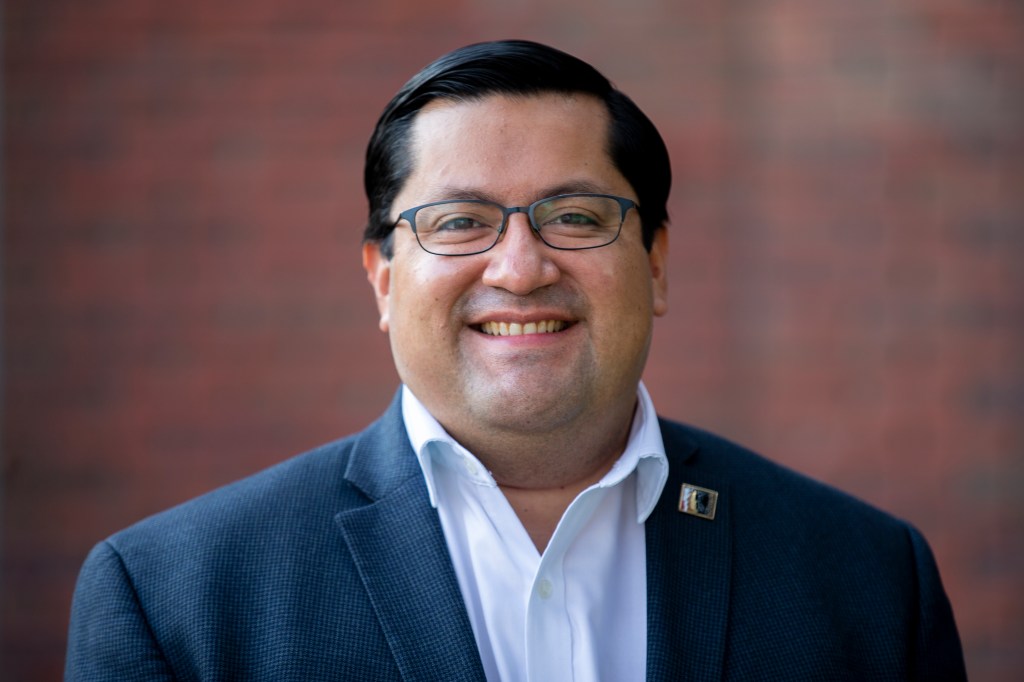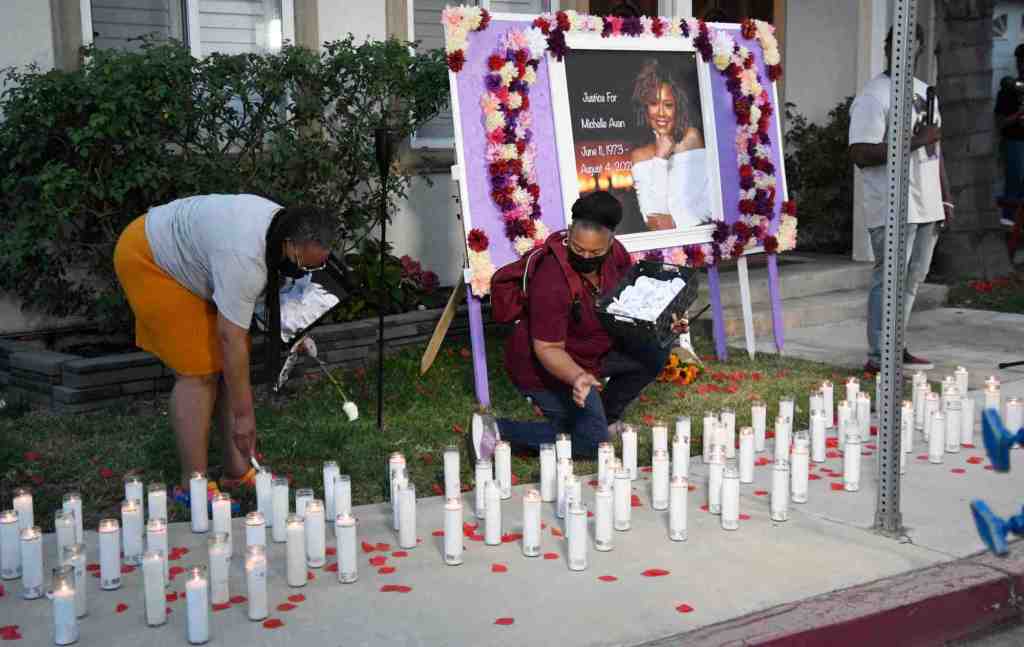For the third year in a row, California lawmakers are trying to undermine the open-meeting law that for more than seven decades has mandated transparency for local government panels like city councils and school boards.
Democratic state Sens. Jesse Arreguin, the former mayor of Berkeley, and Maria Elena Durazo of Los Angeles are leading this year’s attack, which backers are championing as a modernization of the open-meeting rules.
In fact, Senate Bill 707 is a confusing mess that, most significantly, would allow key local government advisory committees to meet completely virtually.

These are important boards whose recommendations are often sent to the final decision-makers — a city council, school board or county board of supervisors — for quick and perfunctory ratification.
It’s at these advisory boards that important policy is debated, which is why the meetings should be exposed to full sunshine. This is the very sort of debate that the original drafters of the state’s open-meeting law, the Ralph M. Brown Act, wanted subjected to public scrutiny.
The pending bill, which is similar to unsuccessful efforts in 2024 and 2023, would be a step toward government solely by teleconference, in which members of the public and press might never see meetings in person, never be able to approach board members with questions or suggestions, and never be able to observe the body language between them.
Opponents of this year’s assault on the open-meeting law include groups as disparate as the First Amendment Coalition, Howard Jarvis Taxpayers Association, California News Publishers Association, California Broadcasters Association and the California arms of ACLU, Common Cause and the League of Women Voters.
The goal of the Brown Act — originally passed in 1953 and updated and strengthened since — was to sunshine not just the final decision-making, but also the process that led up to it. In the Brown Act, the Legislature declared its intent that local government boards’ “actions be taken openly and that their deliberations be conducted openly.”
To be sure, there is an important role today for virtual access. Which is why the portions of SB 707 designed to make it easier for members of the public to watch and offer comment remotely are laudable.
And there are legitimate reasons for remote participation by board members. People might have health issues or family emergencies that require videoconferencing. But, for board members, that should be the exception, not the rule.
In 2022, a coalition of open-government advocates and state lawmakers hammered out legislation, Assembly Bill 2449, that Gov. Gavin Newsom signed, balancing the need for transparency with legitimate situations where remote participation is understandable.
Currently, participation by members of most boards is limited to a set number of meetings — for example, five times a year for a legislative body that meets twice a month. At least a quorum of members of the legislative body must participate from a single public location, such as a city council chamber, where the public can be present. That’s a reasonable compromise, one that SB 707 would unravel for advisory boards.
Backers of SB 707 claim the bill is needed “to promote the recruitment and retention” of board members. If recruitment hinges on the ability of board members to hide from interaction with the public and press, they are seeking the wrong positions.
Public service and sound policymaking require public accountability, public dialog and public interaction. That’s what the Legislature envisioned in 1953 and what the public should demand in 2025.
<




